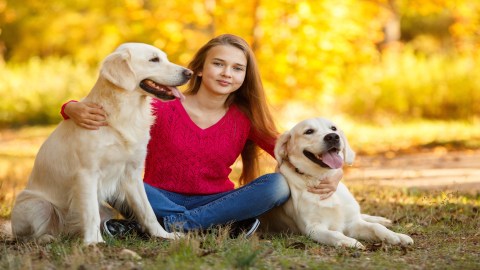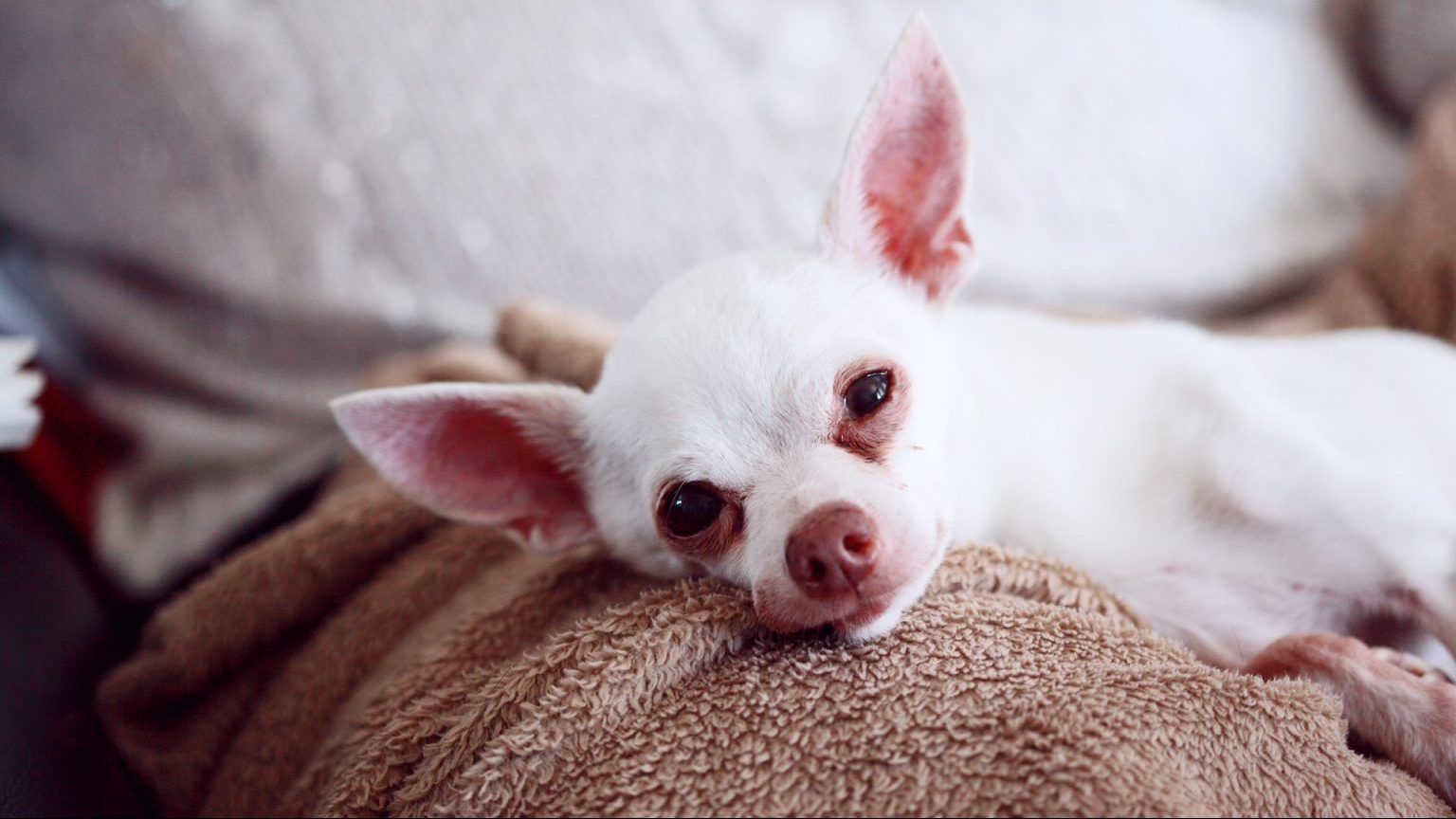Brain Scans Show Dogs Think of Humans as Family More than Fellow Dogs

Animal cognition scientists at Emory University have trained dogs to lie still while scanning their brains with MRI machines. When researchers presented canines with odors of other dogs, food, and their human masters, it was the scent of humans that excited dogs the most.
“The scientists found that dog owners’ aroma actually sparked activation in the ‘reward center’ of their brains, called the caudate nucleus. Of all the wafting smells to take in, dogs actually prioritized the hint of humans over anything or anyone else.”
The results of this study verify an earlier experiment done in Budapest where researchers investigated how dogs react to sounds. Like humans, when dogs hear sounds with joyful undertones, the reward center of their brains light up and they become excited.
Researchers noticed other special characteristics of dogs: they are the only non-primate to look humans in the eye and the only domesticated animal to run toward humans for protection and comfort when they are distressed. Cats and horses, for example, run away.
The ability of dogs to bond with humans relies on our emotional attachment to them as well. When researchers scanned the brains of human mothers who had both a baby and a dog for more than two years, they found the activated the brain’s reward centers in equal amounts.
Translator David Bellos argues that to dogs, humans are the barking animals. Bellos wants to expand the definition of a language to include animal communication systems:
Read more at Brain Mic
Photo credit: Shutterstock





